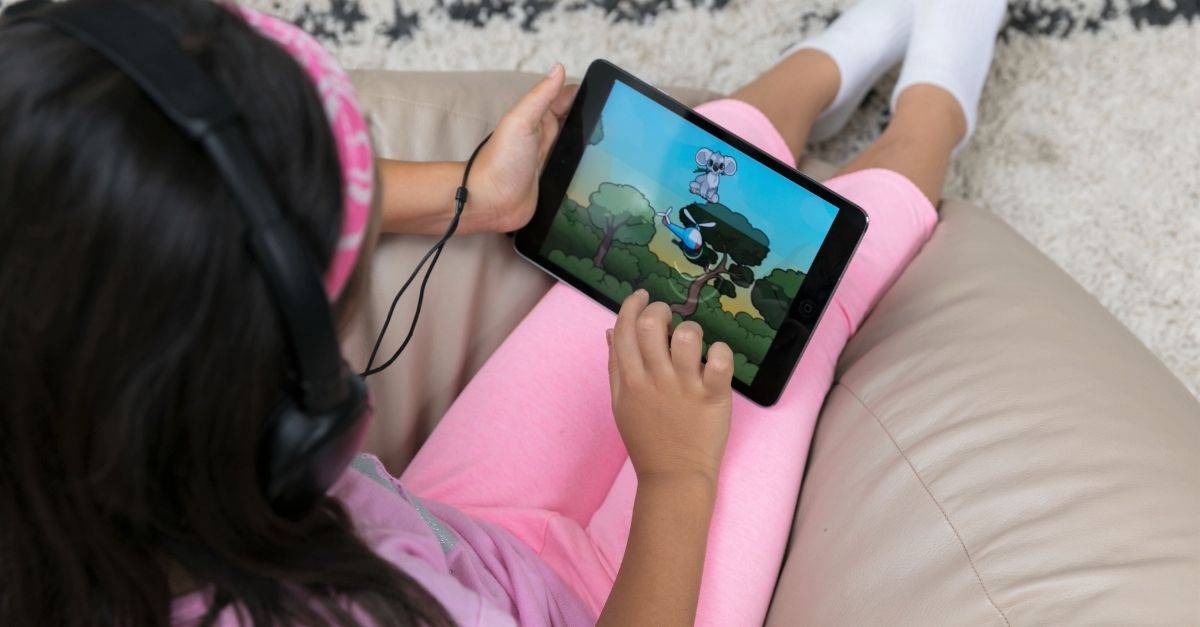Hearing Test For Kids - Top Tips for at Home Testing
August 5, 2020

Children use their hearing to learn about the world around them and develop communication skills. The impact of hearing loss on a developing child can be significant, so the sooner issues are detected, and treatment or management is provided, the better the outcomes will be for a child with hearing loss.
The Sound Scouts hearing check comes in the form of a fun, interactive mobile game, so children don’t even know they’re being tested. The test takes 8 minutes, but you should know some key things before you start testing. Download the Sound Scouts app on your phone or iPad, and let’s get ready to test!
After the test is complete, you will receive a report outlining your child’s results, as well as the next steps to take if an issue is detected. Go to the bottom of this article if you need help understanding the results.
Before Testing

1. Ensure you’re using a decent quality pair of headphones
Steer well away from children’s headphones, gaming, or low-cost supermarket-bought headphones. To ensure accurate results when testing with the Sound Scouts app, use a decent quality pair of headphones. Apple earbuds are also OK!
Still not sure what headphones to use? Click here.
2. Ensure your child and your home are ready for testing
Set up testing somewhere in the home that is quiet and free from distractions - turn the TV off and sit away from noisy fridges and air conditioning units. A little background noise is okay, but keep it to a minimum as it may impact results.
Make sure your child has a full tummy and is well-rested! Avoid testing in the evenings, especially younger children as they are often too tired and unable to focus.
3. Prepare the child for the test by explaining to them how it works
Now remember, the sounds will get quieter and quieter
Let your child know that the sounds will get quieter, and sometimes they may not be able to hear anything and that this is OK, it’s all part of the game. Advise them to wait and only tap the screen when they hear the sounds.
During Testing

1. Complete the short adult activity to the best of your listening ability.
If you have an existing hearing issue, have an adult with no hearing issues complete the set-up activity.
2. Supervise your child throughout the test, to ensure they are interacting correctly.
Use the Trial Run to ensure your child understands how to interact with the three test activities.
Once the actual test is underway, some children may get frustrated when they can’t hear the sounds- reassure them that it’s okay.
Non-verbal reassurance is best, to not disrupt the test, but you may need to guide them a little more if they are getting frustrated. Remember to remind them that the noises will get quieter and quieter.
3. Only intervene when necessary and keep outside distractions to a minimum.
If you need to, you can prompt the child further if they are getting frustrated or struggling to complete the test.
If you run into any issues that have disrupted the majority of the test it’s best to test again regardless of the result. Try completing the Trial Run again to familiarise your child with the game. Unfortunately, you cannot pause the test due to the adaptive nature of hearing testing.
After Testing
If your child passes, you don’t need to repeat the test unless you have ongoing concerns.
We suggest testing once or twice a year. However, test your child’s hearing any time you have concerns that their behaviour changes may be linked to a hearing issue. You can also retest following any illnesses or head injuries.
If your child received a borderline or a fail result, wait 24 hours, and repeat the test to confirm the result. If a second fail or borderline result is received, follow the next steps on the Sound Scouts report.

